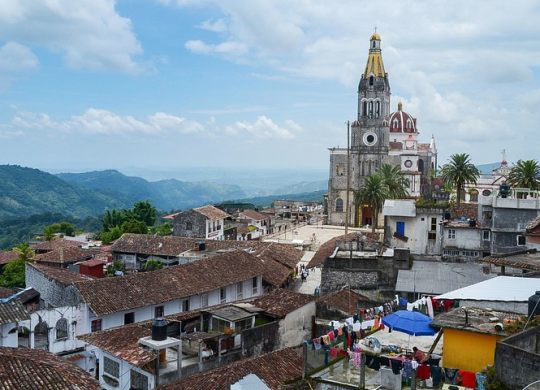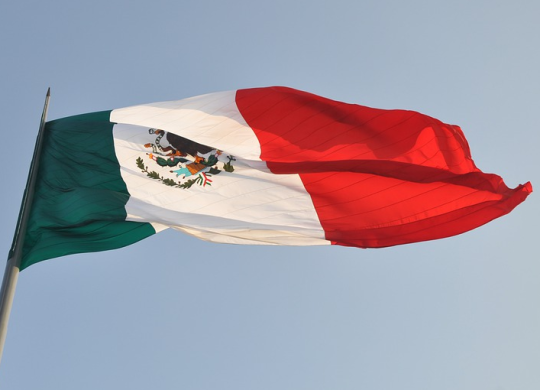
Mexico is a bright country with a developed economy and a good standard of living. Warm climate, nature and resorts, culture and delicious food.
Medical services and healthcare system in Mexico are considered to be very developed. Partly due to economically established ties with America and Canada. Doctors are highly qualified, speak English and most of them were trained in the United States. There are first-class hospitals in every medium or large city.
Also, medical tourism is developed in Mexico because of cheap prices compared to the US. Many Americans prefer to come here for treatment. The most popular areas of Mexican medicine among foreigners are bariatric, orthopedic and cosmetic surgery. Also foreign visitors are attracted by local dentistry, ophthalmology, cardiac surgery, joint replacement. Aesthetic medicine is very popular.
Features of the health care system
The healthcare system of Mexico remains a constantly expanding and progressive structure. Control over the provision of medical care to the population is carried out by the Ministry of Health.
Medical institutions are divided into two sectors and a separate subtype of services:
- public:
- private;
- medical care in pharmacies;
There are public clinics and hospitals in many cities, but they are unevenly equipped. For Mexican citizens, medical care in public institutions is provided free of charge, but they are required to make monthly contributions to meet medical needs in the form of tax. These payments cover all medical expenses not only for the insured person, but also for all members of his family. There is a national health insurance - Seguro Popular. It is available to everyone, including those who are officially unemployed or low-income citizens in remote rural areas. It was invented to protect a huge layer of the population, which until recently could not receive free medical care at all.
The private health care sector is a significant part of the Mexican health care system, both in terms of expenditures and activities. Many general practitioners open their personal offices for private services and combine these practices. Services provided by private institutions and private doctors in their offices are provided by a part of the population through private insurance or by direct payment for the services received. It is estimated that about 6.9% of Mexico's high-income population has a private insurance policy.
However, it should be noted that the services of private clinics or individuals are quite expensive, but the service is fast and efficient. Coordination between public and private institutions is not well established. There is a belief that in private clinics services exceed quality, and public forms of service have limitations in accessibility and quality. Although the services are free.
Also in the health care system there is an interesting section of medical services and consultations - doctors in pharmacies. Fast, comfortable and free service. Many medicines are issued on prescription. This form of service is suitable in simple cases of assistance and determination of the necessary antibiotics, prescription.
Medicine for foreigners
Access to the services of the social security system is provided in Mexico free of charge to all citizens, as well as foreigners who have the FM2 resident form or full resident immigration status. Foreigners residing in Mexico without this immigration residency status (FM3 visa) cannot receive free medical services unless they have purchased a separate compulsory health insurance policy in Mexico IMSS (Mexican Social Security Institute).
Two healthcare programs are available to residents: IMSS (Instituto Mexicano del Seguro Social) and INSABI (El Institututo de Salud para el Bienestar, or Bienestar).
- IMSS is a tripartite system funded equally by the employee, the private employer and the federal government. IMSS and its programs cover more than 65 million people. In addition, within the IMSS there is IMSS-Oportunidades, a program created on the basis of the Anti-Poverty Program, which specifically aims to help the poorest people in the country in both health and education. This program is fully funded by the state.
- ISSSTE - deals with the health and social assistance of public employees at the local, state and federal levels. ISSSTE covers almost 9 million people.





